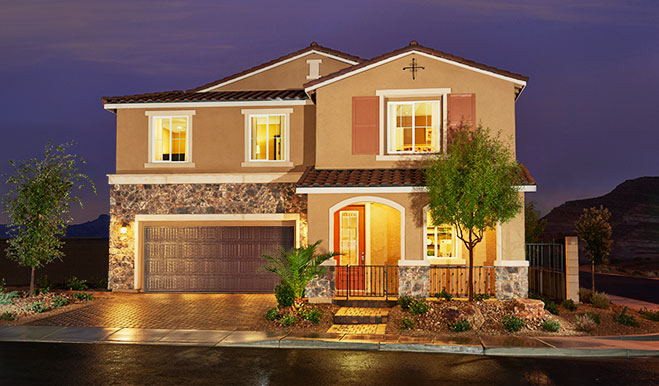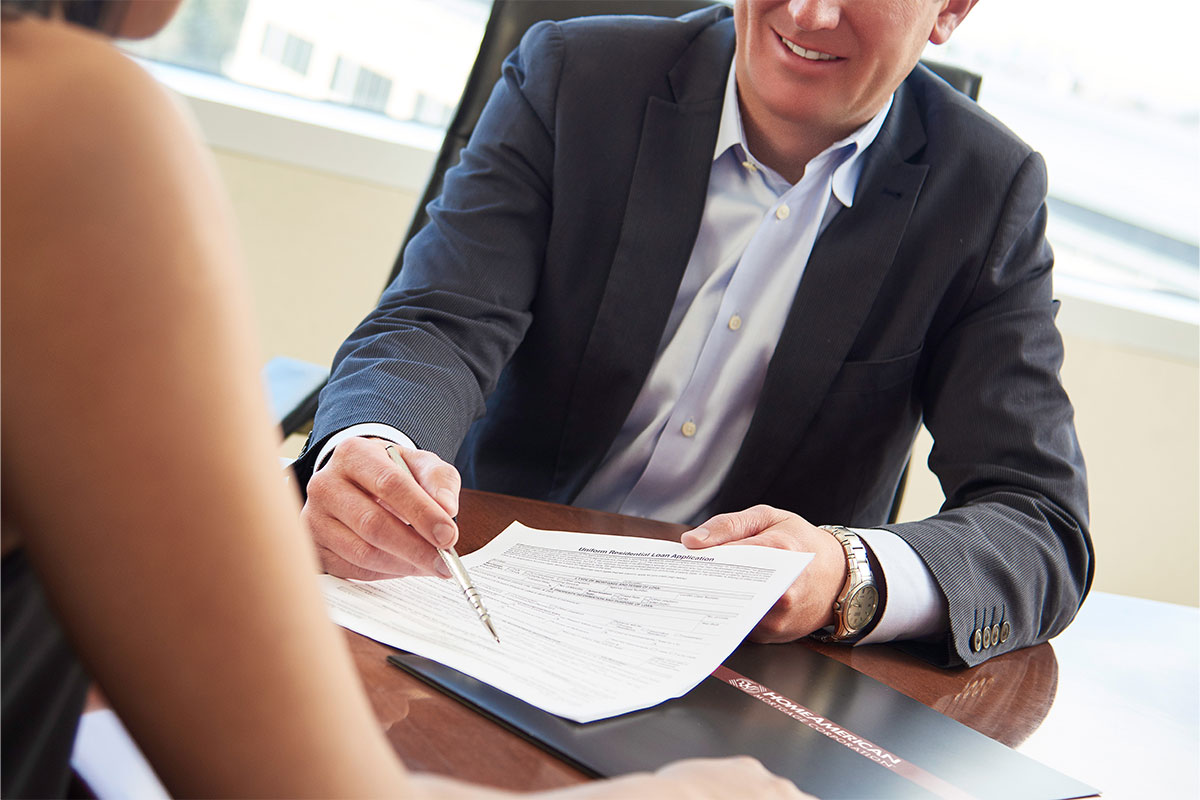For many people, a home insurance policy is like a first aid kit: they know it’s a good thing to have, but they don’t open it up and poke around inside until they need it. Knowing what is and isn’t covered by your homeowner’s insurance, how much insurance you need to protect your property and what factors affect your premium could save you money—and prevent some unpleasant surprises.
Whether you’re trying to find home insurance for the first time or just need a refresher, this guide will give you a general home insurance overview. Be sure to ask your insurance agent about your specific situation and coverage needs.
Things that may be covered by homeowner’s insurance:
- Dwelling. If there is damage to your home or structures attached to your house, this coverage pays for repairs. It includes wiring, plumbing and permanent air-conditioning systems, plus a few other things depending on your insurance policy.
- Other structures. Freestanding sheds, fences and other things not attached to your home are covered in this category.
- Personal property/contents. This coverage helps you replace or repair furniture, appliances and other personal effects that may be damaged or destroyed, whether they are on your property or not.
- Loss of use. If your home is rendered uninhabitable, insurance may pay for hotel or apartment accommodations and other living expenses while your home is under repair.
- Personal liability protection. This covers you if someone gets hurt on your property and it’s your fault. Protection will vary depending on how “dangerous” the insurance company believes your home to be. Swimming pools, trampolines and tree houses may increase your liability.
- Medical payments. If someone is injured on your property and you’re found at fault, this coverage helps pay medical expenses.
Levels of coverage:
- Actual cash value. This covers the home and current value of your belongings, taking depreciation and/or fair market value into account. It’s the lowest amount of coverage.
- Replacement cost. At this level of coverage, you can expect to receive the actual amount it will take to repair or replace your damaged property.
- Extended replacement cost. This covers repair and replacement costs up to a pre-specified percentage beyond the amount your home is insured for.
- Guaranteed replacement cost. This covers the cost to repair or replace your property, no matter how much it costs. As you can imagine, this level of coverage comes at a high premium.
Factors that affect your premium:
- Your home. Your home’s assessed value, age, neighborhood property values, whether it is made of brick or wood—even how close it is to fire hydrants could affect your premium. The greater the risk of loss and the higher the cost to rebuild, the higher the premium.
- Your history. Insurance agents look at your credit history and how many insurance claims you have filed in the past. They also determine a premium depending on your other coverage, your deductible and how long you have worked with them.
- Other factors. If you have dangerous pets or structures (such as a pool or trampoline), your premium will be higher. On the other hand, having smoke detectors and security systems could decrease it.
Make sure that you ask questions when you shop for home insurance. It’s important to understand exactly what the insurance company will and won’t pay for in the event of an emergency. Remember that flood and earthquake insurance are not covered by normal policies, so you’ll have to arrange special coverage if that’s a concern. Also, make sure you ask for discounts! You never know what you could save.
Questions? Contact our affiliate, American Home Insurance Agency for a no-obligation consultation.




